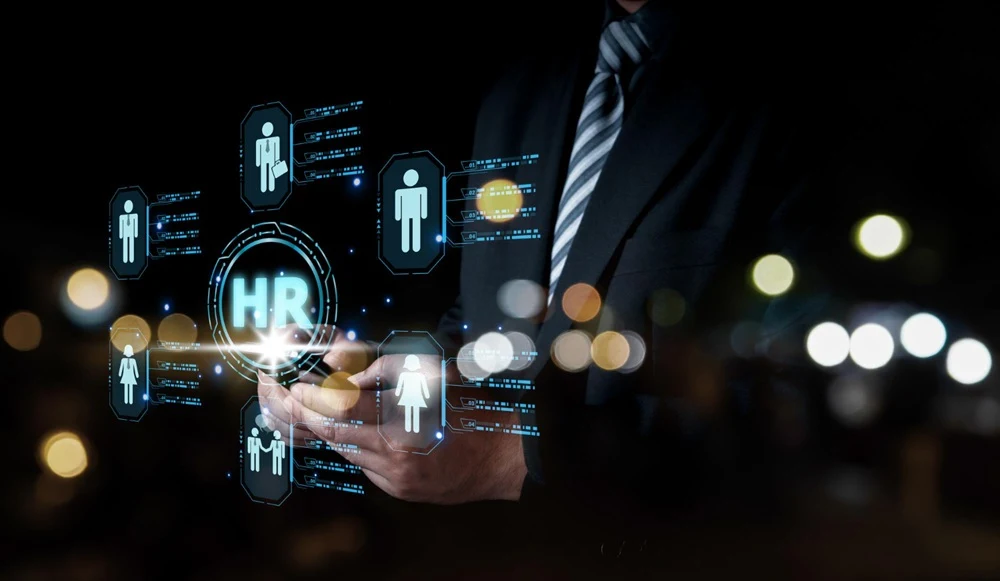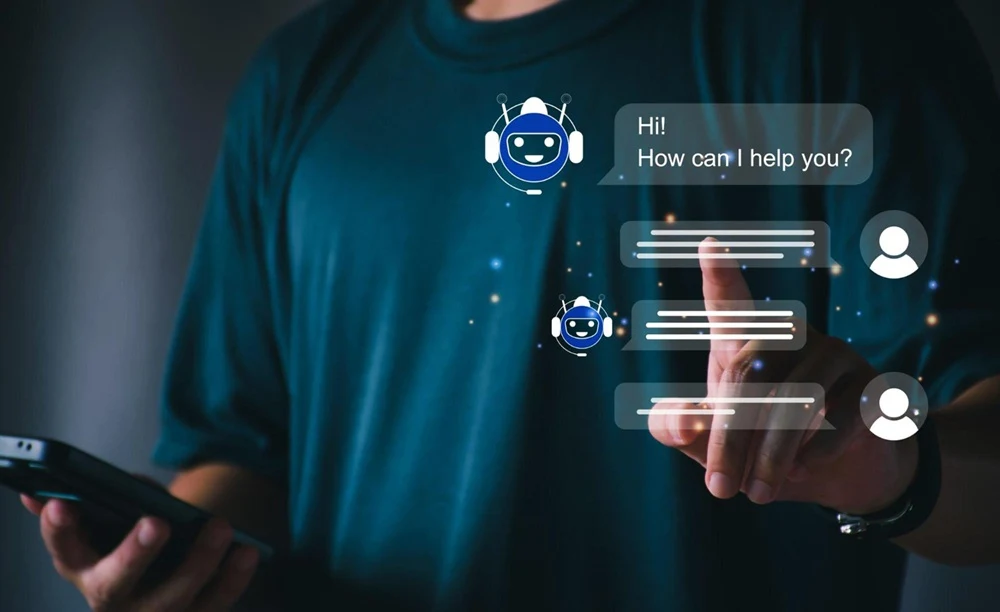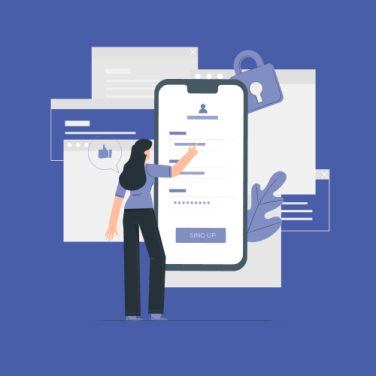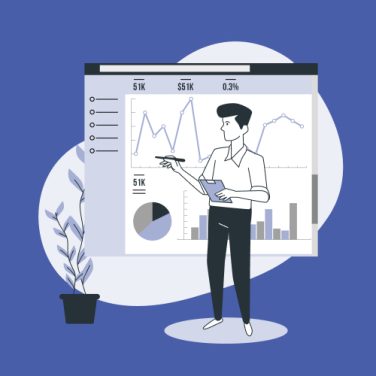An automated HR system unifies core human resources workflows—recruitment, onboarding, payroll, compliance and self-service—within a single cloud-native platform.
It replaces manual processes and disparate spreadsheets with integrated modules such as an HRIS, an applicant tracking system (ATS), a payroll engine, a reporting dashboard and employee self-service portals.
Unlike point solutions that address only one function, automated HR systems deliver end-to-end automation, reducing manual effort, enhancing compliance and empowering HR teams to focus on strategic initiatives.
- Evolution: Early HR relied on paper forms and basic spreadsheets. Today’s systems leverage cloud computing and APIs for real-time data exchange.
- Components: A modern suite includes:
- HRIS for employee records and org charts
- ATS for candidate sourcing and screening
- Payroll and benefits administration engines
- Reporting modules for compliance and analytics
- Employee self-service via web and mobile apps
- Distinction: All-in-one platforms offer seamless data flow, whereas standalone tools may require complex integrations.
- Objective: Automate routine tasks, improve data accuracy and empower HR to shift from transactional administration to strategic talent management.
Investing in the best HR automation software ensures you choose a solution designed for scalability—whether you’re a team of 50 or an enterprise of 10,000+ employees.
Unpacking HR reporting automation
HR reporting automation refers to specialised software designed to generate compliance, payroll and analytics reports without manual intervention. Leveraging RPA, data connectors and AI-driven insights, these solutions handle scheduled report generation, real-time dashboard updates and ad hoc queries on demand.
- Capabilities: Automated scheduling, multi-format exports (PDF, XLSX), role-based access and email distribution.
- Technologies: Robotic Process Automation for repetitive tasks, secure APIs for data integration, AI models for trend analysis.
- Use Cases: Compliance reporting software for statutory filings, real-time BI dashboards for turnover and headcount metrics.
| Aspect | Manual Reporting | Automated Reporting |
|---|---|---|
| Time to Generate | Hours per report | Automated in minutes |
| Error Rate | Up to 5% data discrepancies | Less than 1% |
| Frequency | Monthly or quarterly | Real-time or on schedule |
This comparison shows that HR reporting automation cuts processing time by over 80% while improving data accuracy, enabling teams to focus on strategic insights rather than data assembly.
Key benefits of automated HR systems

Automated HR systems deliver measurable advantages across operations, compliance and employee experience. Key benefits include:
- Time Savings: Automating routine approvals, form processing and data entry frees up to 14 hours per week for HR managers (CareerBuilder, 2017).
- Accuracy: Reduced human errors in payroll calculations and compliance filings lower risk of penalties.
- Employee Experience: Self-service portals and mobile apps provide instant access to payslips, leave requests and benefits information.
- Strategic Focus: HR teams can prioritise talent development, employee engagement and culture initiatives instead of administrative tasks.
- Scalability: Cloud-based platforms support growth from 50 to 10,000+ employees without additional headcount.
Together, these benefits streamline HR operations, optimise departmental efficiency and enhance data-driven decision making.
Core features every HR automation solution needs
To unlock the full potential of HR automation, solutions must include core features that address everyday HR challenges. These capabilities align with the MiHCM suite’s offerings and benefit modern HR teams.
- Workflow Automation: Approval routing for leave, expenses and onboarding—mirroring MiHCM Lite’s efficient HR requests and approvals.
- Analytics and BI: Real-time dashboards on attendance, turnover and performance, powered by the Analytics module for data-driven HR decisions.
- Self-Service: Mobile apps enabling timesheet submissions, leave management and payslip access—hallmarks of MiHCM Lite and Enterprise.
- Integration Hubs: Pre-built connectors for payroll, ATS, LMS and finance systems ensure seamless data flow, as seen in MiHCM Enterprise.
- AI Engines: Predictive attrition modelling, absenteeism forecasting and tailored recommendations delivered via SmartAssist.
These features streamline HR operations, boost departmental efficiency and provide the actionable insights needed for smarter spending decisions and enhanced employee engagement.
Types of HR automation solutions
Organisations can choose from various HR automation solutions based on size, geography and depth of functionality.
- Small-Business HRIS: MiHCM Lite supports up to 250 employees with core HR, payroll and self-service at an affordable entry point.
- Enterprise Suites: MiHCM Enterprise offers end-to-end global HR capabilities, including multi-country payroll and localisation for large workforces.
- Point Tools vs All-in-One: Point solutions excel in specialised functions (e.g., recruitment chatbots) but may require complex integrations. All-in-one suites offer seamless data flow and unified reporting.
- Cloud vs On-Premises: Cloud deployments simplify maintenance, deliver frequent updates and enhance scalability. On-premises can offer tighter control for regulated industries.
Evaluating trade-offs across these types helps select the right solution for business requirements and growth plans.
Integration with HRIS, Payroll, ATS and Analytics Tools
Seamless integration eliminates data silos and ensures accurate, real-time information across HR, recruiting and finance.
- Standard APIs & Pre-Built Connectors: Out-of-the-box connectors link MiHCM Enterprise to popular payroll platforms and ATS solutions.
- Real-Time Sync: Headcount, cost and compliance data update instantly across modules, ensuring consistent reporting.
- Secure Data Flow: Encrypted channels and role-based access maintain data privacy and audit trails.
AI-driven reporting automation and predictive analytics

AI-powered reporting transforms raw HR data into actionable foresight:
- Pulse Surveys & Engagement Scores: MiA analyses employee feedback in real time, identifying sentiment trends and high-risk groups.
- Turnover Prediction: SmartAssist models attrition drivers and flags at-risk employees for proactive retention strategies.
- Absenteeism Forecasting: Predictive algorithms project leave patterns, enabling staffing optimisation.
- Natural Language Queries: HR teams can ask MiA questions like “What was last quarter’s voluntary turnover?” and receive instant visualisations.
According to Harvard Business Review (2025), up to 65% of managerial tasks can be automated by AI engines, freeing HR to focus on strategic initiatives.
Ensuring compliance with automated reporting
Compliance reporting software within automated HR systems minimises legal risk and simplifies statutory obligations:
- Automated Filings: Scheduled submissions for tax returns, benefits disclosures and labour law reports.
- Localisation: Automatic updates for labour regulations, tax rates and statutory requirements per country or state.
- Audit Trails: Secure, tamper-evident logs of all report generation and data changes, supporting internal and external audits.
- Governance: Role-based access controls ensure that sensitive HR data and compliance calendars are visible only to authorised users.
By automating these processes, organisations reduce compliance costs and avoid penalties while maintaining a clear, documented history of all reporting activities.
Step-by-step implementation guide for HR automation
Adopting automated HR systems successfully requires careful planning and change management:
- Assessment: Document current HR processes, pain points and manual workflows. Identify priorities like recruitment bottlenecks or payroll errors.
- Planning: Define project scope, stakeholders and success metrics (e.g., time saved per process, error reduction rate). Engage IT, finance and HR leadership early.
- Pilot: Roll out a single module (e.g., leave management) or department. Monitor user feedback, integration issues and performance.
- Training & Change Management: Develop role-based training materials, host interactive workshops and maintain an open feedback channel. Leverage champions within HR to drive adoption.
- Go-Live & Iteration: Launch enterprise-wide after pilot success. Use real-time dashboards to track KPIs, identify improvement areas and iterate configurations.
Following these steps ensures a structured rollout, maximises user adoption and accelerates ROI realisation.
Measuring ROI and tracking performance metrics
Quantifying the impact of automated HR systems depends on specific, measurable indicators:
- Time Saved: Hours reclaimed per process (approvals, reporting) tracked in the Analytics dashboard.
- Error Reduction Rate: Decrease in payroll discrepancies and compliance penalties over time.
- User Adoption: Percentage of employees and managers actively using self-service portals.
- Cost Savings: FTE hours redeployed from transactional tasks to strategic programs.
Trends in HR automation: AI, chatbots and RPA

The current wave of HR automation centres on hyper-automation and composable architectures:
- AI Assistants: Virtual agents handling up to 65% of routine HR inquiries and tasks by 2025 (HBR, 2025).
- RPA for Cross-Platform Workflows: Bots orchestrating end-to-end processes across HRIS, ATS, LMS and finance systems.
- Conversational Interfaces: Chatbots embedded in collaboration tools (Slack, Teams) to facilitate leave requests and policy queries.
- Composable HR: Modular microservices enabling HR teams to assemble best-of-breed tools without vendor lock-in.
These trends will drive hyper-efficiency, but organisations must invest in governance and change management to maintain human-centric HR experiences.
Unlocking HR efficiency with automated HR systems
This guide highlighted the evolution, benefits, core features and implementation best practices for automated hr systems. By leveraging modules across MiHCM Lite, Enterprise, MiA and SmartAssist, organisations can streamline operations, boost accuracy and gain real-time insights.
- Automate routine tasks to reclaim time for strategic HR.
- Ensure compliance with robust reporting and audit trails.
- Use AI-driven analytics to anticipate workforce trends.
คำถามที่พบบ่อย
What is an automated HR system?
How much time can HR automation save?
According to a CareerBuilder survey, HR managers lose an average of 14 hours weekly on tasks that could be automated.
Which core features should an HR automation solution include?
Look for workflow automation, real-time analytics dashboards, employee self-service, integration hubs and AI-powered predictive engines—features available across the MiHCM suite.
How do I measure ROI of automation?
What future trends should I prepare for?
Plan for AI-driven assistants handling routine tasks, RPA for cross-platform workflows, conversational chatbot interfaces and composable HR architectures that avoid vendor lock-in.



